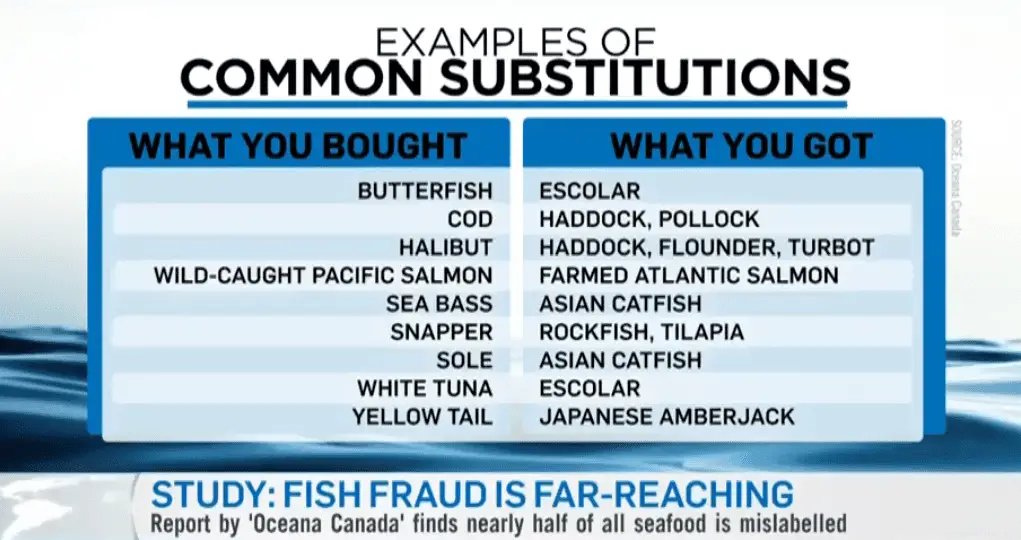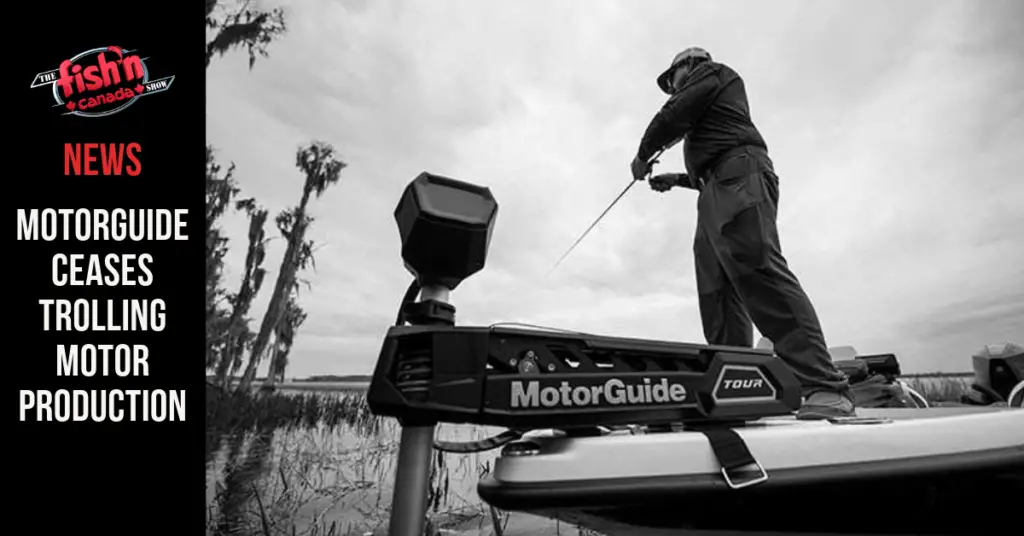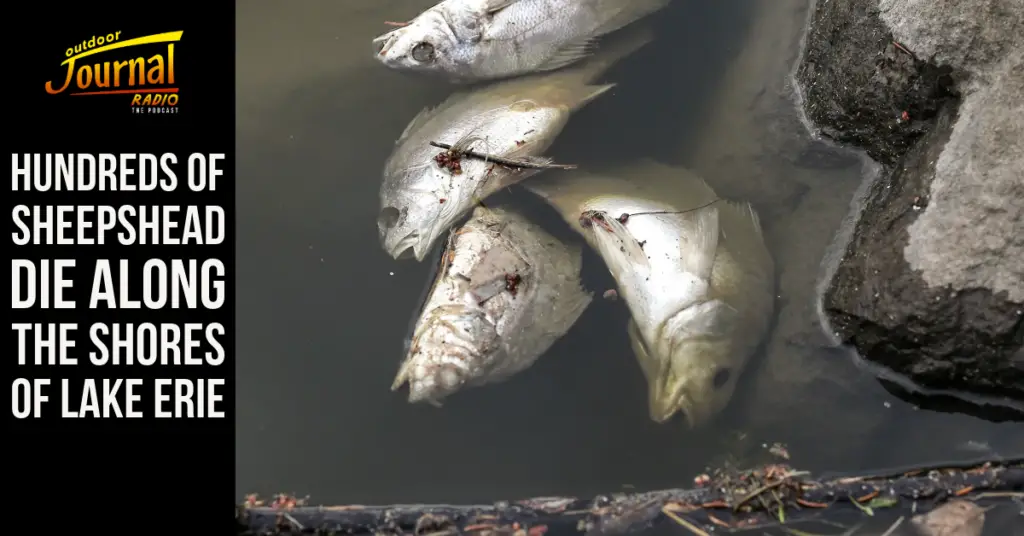Here at Fish’n Canada, we have a credo that we go by, if it swims like a fish and smells like a fish, it’s usually a fish. So naturally, we’re constantly scouring the news feeds in search of fishy stories.
As avid anglers, aside from the enjoyment of catching fish, most of us also love to consume it. And although eating fish is not exclusive to anglers this article should really resonate with fishermen.
Is your Tuna really Tuna?
We originally ran a story in 2018 on the Outdoor Journal Radio show about mislabeled seafood packaging being sold on the Canadian market in both restaurants and grocery stores.
The origins of the alarming news came from Oceana Canada, part of a large international advocacy group dedicated solely to ocean conservation. After extensive research and product testing, they concluded that up to 47% of all products tested from coast to coast in this country were falsely labelled.
Julia Levin, a spokesperson for Oceana Canada, told us that out of 400 samples tested from 170 Canadian restaurants and retail grocery stores, almost half were fraudulently labelled. Some of their findings were pretty hard to digest (no pun intended), as you can see from the list below.

An Ongoing Problem
But that was in 2018, subsequent to those shocking findings, in 2019 the Canadian government publicly committed to implementing an elaborate boat to plate traceability system that would greatly improve Canada’s efforts in stamping out these illegal activities. However, the Feds were long on promise and short on delivery, with no plan or timeline for execution.
Boat to plate traceability isn’t something new, the methodology has been around for several years and is currently being used by many of Canada’s trading partners including the US, the European Union, and Japan. These three parties represent the world’s largest seafood markets and account for more than half of the total seafood consumed globally. Yet Canada, for some reason cannot, or will not, join them.
Well, guess what, if you were thinking that those tests from a few years ago were just coincidental, guess again. The latest DNA national test results were just released by Oceana Canada last week and the findings are pretty scary. This time 46% of the seafood samples were deemed to be fraudulently labled and, yes, that means that just about half the time, the fish you ate was not what you thought it was.
So What’s the Harm?
So what is the difference between the Chilean Sea Bass you thought you were eating and the Asian Catfish you actually consumed? Well, about $26 bucks per pound. According to the experts, the most extreme example of mislabelled fish was Tuna being substituted by something called Escolar. We didn’t know what this was either, so we looked it up. We highly recommend you check out the Wikipedia definition of Escolar. It has been banned in several countries including one of the highest seafood consuming nations, Japan, while here in Canada, we don’t even know we’re consuming it.
Clearly, the mislabelling of fish isn’t just about economics, it also has health implications. Oceana Canada spokesperson, Julia Levin, stated that “if you eat fish that is not properly labelled you may be consuming something that you are allergic to or, even worse, something that has high levels of contaminants such as mercury.” She continued by stating that 60% of the products they tested posed potential health risks to Canadian consumers.
When we asked about this latest series of test results, Fish’n Canada’s Angelo Viola said, “if these findings are true, I can’t believe that we as Canadians are not up in arms over the Federal Governments incompetency or blatant dishonesty”. He went on to say, “they’re obviously in concert with the global bandits that are running this scam! Can you say China?”
Is it a con, are there ulterior motives behind the government’s reluctance to comply? We asked Fish’n Canada’s Pete Bowman to chime in. “As far as I’m concerned, he said, “the fact that they have been aware of this issue as far back as 2017 and still not refuted the test results, nor conducted their own studies, smells fishy to me”.
On the Government of Canada Mandate and Role webpage under the subheading Department Priorities and Mandate Commitments, we found this interesting statement which is very puzzling disturbing, to say the least.
- Support the Minister of Health in developing a boat-to-plate traceability program to help Canadian fishers to better market their high-quality products
The tests conducted by Oceana Canada were not limited to saltwater species. Freshwater species such as Walleye, Pike, and Trout samples revealed just as many discrepancies. Pete went on to say, “Stories like this are all the more reason to go out and catch your own fish to eat. There’s nothing like a feed of walleye or yellow perch. I’d put a plate full of freshly caught Crappie or Striped Bass up against any Halibut you can buy at the store, and you’ll have a great time catching them!”
In an excellent report by CTV News Videojournalist Pat Foran, he points out that one of the best ways to ensure against fish fraud is to purchase the entire fish and learn about seasonality and pricing of your favourite seafood so that when you notice a drastic fluctuation in pricing or availability, you can simply avoid the purchase.
Regardless of your political views, this situation needs to be rectified. In 2019, the Canadian federal government committed to implementing a boat-to-table traceability system, as of today nothing has been done. Until it is, we as Canadians clearly have no way of knowing what we’re consuming when eating fish, unless of course, we catch it ourselves, which may not be such a bad thing.
References
Escolar – Wikipedia. En.wikipedia.org. (2021). Retrieved 11 August 2021, from https://en.wikipedia.org/wiki/Escolar.
Foran, P. (2021). Almost half of seafood sold in Canada is mislabelled, new report finds. Toronto. Retrieved 11 August 2021, from https://toronto.ctvnews.ca/almost-half-of-seafood-sold-in-canada-is-mislabelled-new-report-finds-1.5536426.
Mandate and role. Dfo-mpo.gc.ca. (2021). Retrieved 11 August 2021, from https://www.dfo-mpo.gc.ca/about-notre-sujet/mandate-mandat-eng.htm.







